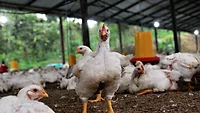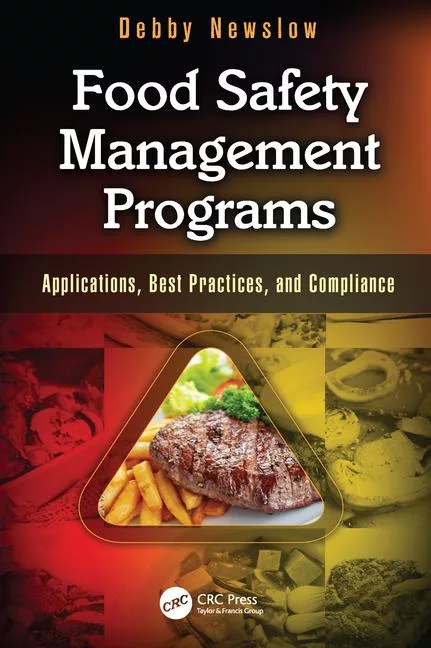Study: Vaccinating Cattle against E. coli Could Radically Curb Human Infections
Source: HealthDay
Vaccinating cattle against E. coli bacteria could cut the number of human infections by 85 percent, far higher than previous estimates, British scientists say.
The researchers reviewed the way that E. coli is transmitted from cattle to humans, noting that the risk of infection is particularly significant during the brief periods when cattle are "super-shedding" extremely large amounts of the bacteria in their feces.
"As far as we can assess, the major risk to humans is from those animals that are shedding the bug heavily," said Stuart Reid, senior study author and a principal at the Royal Veterinary College at the University of London. "If the vaccine has an impact on these animals at that time, the risk to humans is disproportionately reduced."
Previous research has predicted that vaccination of cattle could reduce E. coli risk by 50 percent, but those studies did not take into account the effect of vaccination on "super-shedding," the researchers said.
The new study of Scottish cattle appeared in the Sept. 16-20 issue of the journal Proceedings of the National Academy of Sciences.
E. coli infection causes severe gastrointestinal illness in humans, in some cases leading to death. It is spread by consuming contaminated food or water, most often ground beef.
Nearly 1,100 confirmed cases of E. coli infection occurred in the United States in 2012, according to the U.S. Centers for Disease Control and Prevention. They led to 275 hospitalizations and two deaths. The CDC said that for every reported case of E. coli, there are probably 26 more that go undiagnosed.
Looking for quick answers on food safety topics?
Try Ask FSM, our new smart AI search tool.
Ask FSM →
Vaccines against E. coli have been approved for cattle in the United States and Canada, but farmers have not shown much interest in using them, the study authors said.
Farmers aren't vaccinating cattle against E. coli because cattle don't get sick from the bacteria, said Mike Doyle, a distinguished professor of food microbiology and director of the Center for Food Safety at the University of Georgia.
"The farmer doesn't get any bang for the buck from a production perspective," Doyle said. "The vaccine doesn't help the animal grow more healthy."
Government intervention likely would be required for widespread vaccination to occur. "Unless all farmers were required to vaccinate by the government, it wouldn't be cost-effective or cost-competitive for them to do that," Doyle said.
Such intervention should be seriously considered, said lead study author Louise Matthews, a senior research fellow in the Institute of Biodiversity, Animal Health and Comparative Medicine at the University of Glasgow.
"Treating cattle in order to reduce the number of human cases [of E. coli] certainly makes sense from a human health perspective, and, while more work is needed to calculate the cost of a vaccination program, the public health justification must be taken seriously," Matthews said.
The researchers started their work first by identifying the genetic marker associated with E. coli super-shedding in cattle. They then studied the relationship between cattle predisposed to super-shed E. coli and human outbreaks of the illness, concluding that the types of E. coli linked to super-shedding cause the vast majority of cases.
The researchers now are working to develop even more effective vaccines that would further reduce the risk of E. coli outbreaks.
Doyle warned against generalizing the Scottish results to the United States, however, noting that farming methods are very different between the two. For example, Scottish beef is mostly grass fed.
"You can't automatically extrapolate what they find over there to what we have here," he said. "There's probably more research that would need to be done to see how useful or relevant this information is to American farmers."
Dr. Georges Benjamin, executive director of the American Public Health Association, said the results are intriguing. He said, however, that he's concerned that a vaccine might reduce emphasis on the common-sense food-safety methods that now provide effective protection against foodborne illness.
"I do want to emphasize [that] it does not replace careful monitoring of animal health and surveillance of the food-safety process as animals move through the pipeline to become our food," Benjamin said. "It also doesn't replace good food safety. You're still going to have to wash your hands. You're still going to have to make sure your food is prepared properly."






.webp?t=1721343192)

